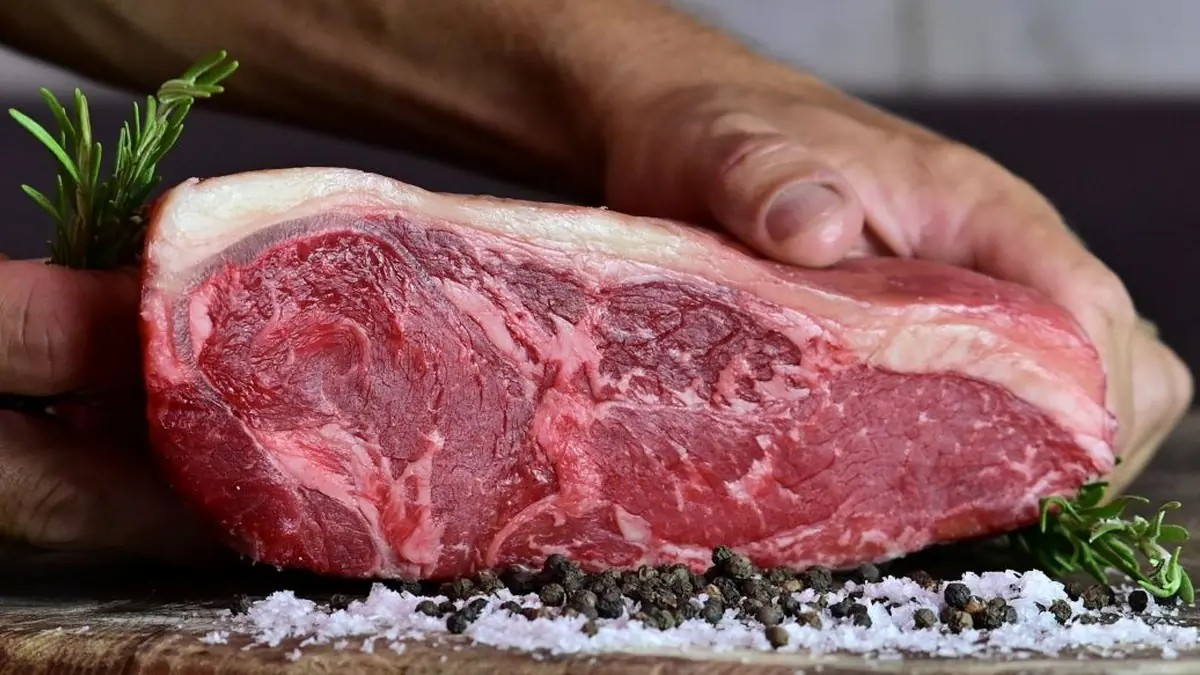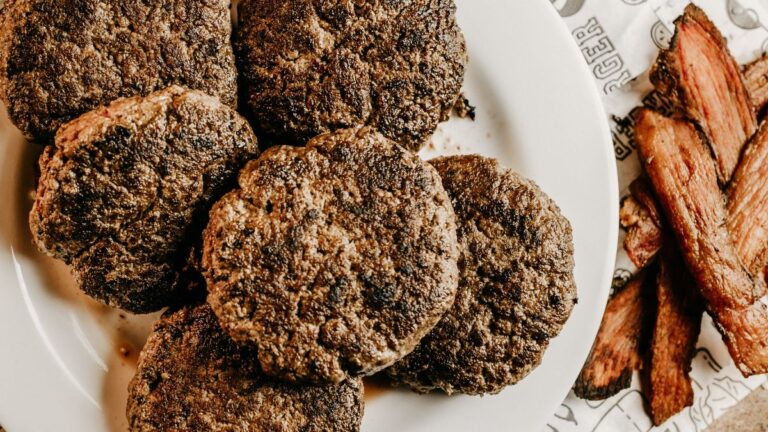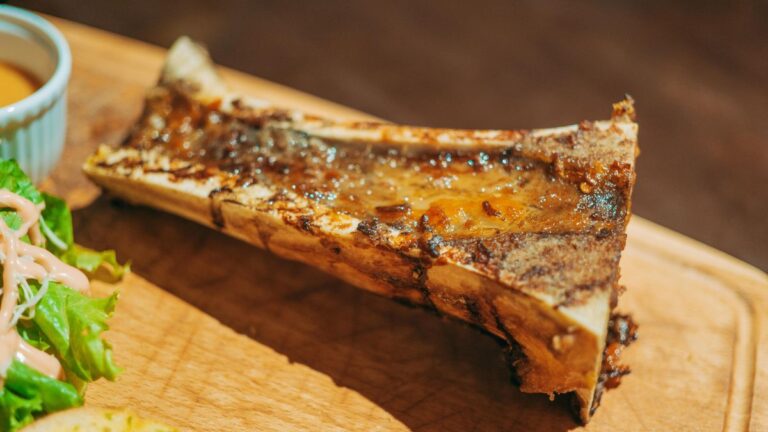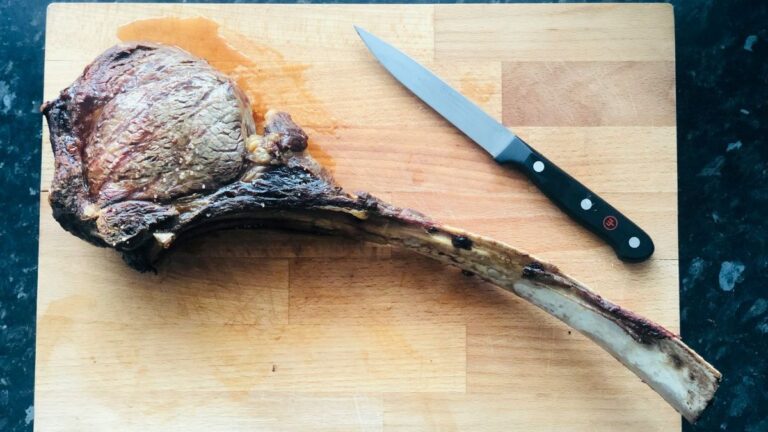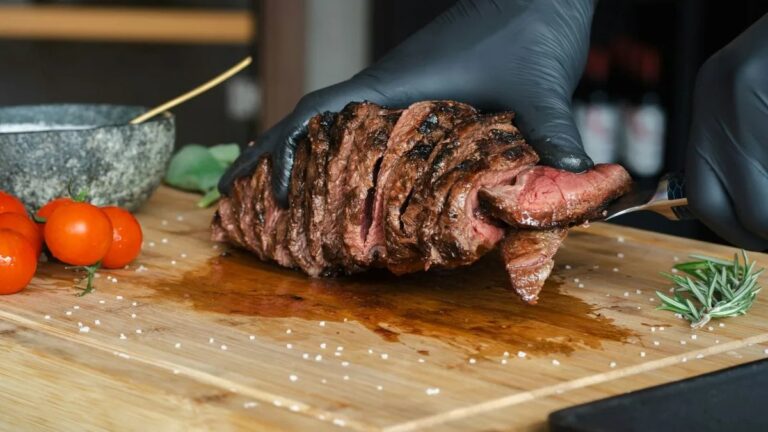Beef Tenderloin Delight
A simple carnivore-style roast tenderloin: low-and-slow for juicy slices, finished with a sprinkle of sea salt.
Servings: 1–2 | Prep: 5–10 min (plus thaw) | Cook: 2½–4 hrs | Total: 2¾–4¼ hrs

Ingredients
- 1 beef tenderloin (whole or portion), brought to room temperature
- Fine sea salt, to taste
Equipment
- Oven
- Oven-safe pan (glass or metal)
- Instant-read thermometer (recommended)
Instructions
- Thaw (if frozen): Transfer from freezer to fridge ~24 hours. Before cooking, rest at room temperature 30–60 minutes.
- Preheat oven to 250°F / 120°C.
- Pan prep: Place tenderloin in an ungreased oven-safe pan (my preference is glass).
- Roast until your target internal temperature (times vary by size and thickness. I suggest you start checking every 20–30 minutes after the 2-hour mark):
- Medium-rare: 130–135°F / 54–57°C (about 2–2½ hrs for a typical piece)
- Medium: 135–145°F / 57–63°C (about 2½–3½ hrs)
- Medium-well: 150–155°F / 66–68°C (about 3½–4 hrs if that is the roast you prefer)
- Rest 10–15 minutes (you can leave in the oven or tent with foil, but you may make sure foil is not touching your meat), then slice (if preferred).
- Finish: Sprinkle fine sea salt or Himalayan salt to taste. Serve immediately.
Notes
- Minimal method: My preference is no seasoning during the roast nor afterwards. I discovered meat has it’s own very palatable flavor.
- If you prefer a crust: Do a quick reverse-sear after roasting… on a hot skillet for 45–60 seconds per side in tallow (skip if you’re keeping it ultra-minimal).
- Serving ideas: Enjoy plain. Optionally use a raw egg yolk dip (which I love). Typically, my eggs come from pasture and organically raised chickens. If you don’t follow a strict carnivore way of eating, pair with simple sides.
- Author’s context: Sometimes I aim for a medium roast, but land medium-well and I still find it very juicy and satisfying.
Related Reading
- Mindful Eating — Understanding & Practice
- What’s the Best Drinking Water for Everyday Use?
- “Tired-But-Wired” at 9 p.m.? Here’s What’s Going On
This recipe is educational and not medical advice. Please personalize choices with a qualified clinician, nutritionist, or registered dietitian if needed. For food safety, rely on internal temperature rather than time alone.
